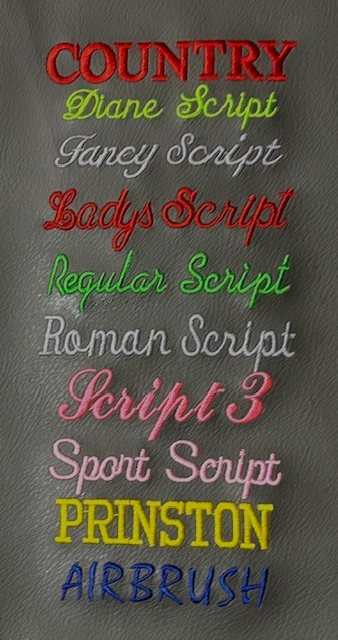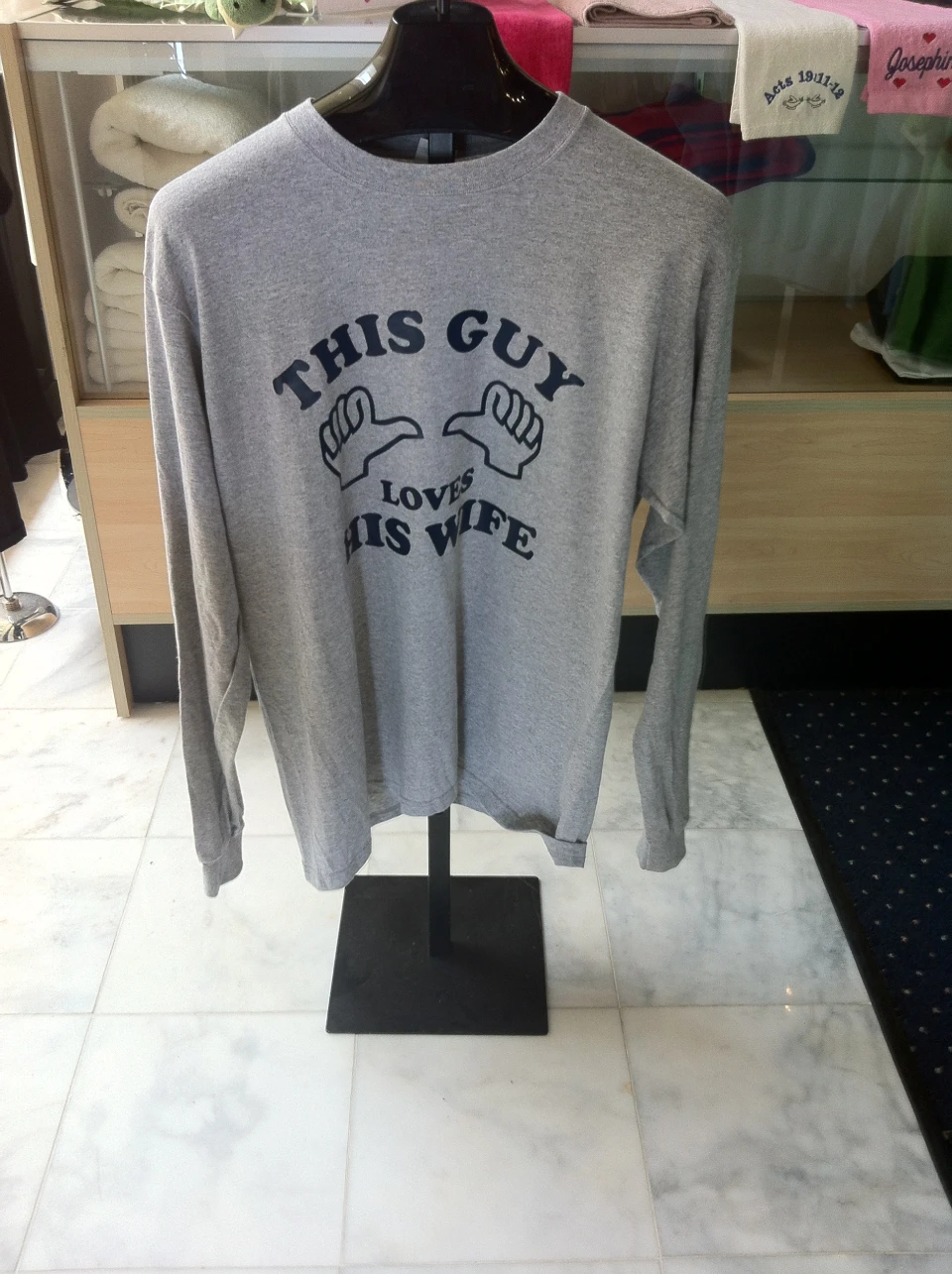Specialist Screen Printing Solutions for T-Shirts, Aprons, and Extra
Specialist Screen Printing Solutions for T-Shirts, Aprons, and Extra
Blog Article
The Art of Custom-made Embroidery: Unlocking the Keys to Creating Distinct and Remarkable Designs
Needlework, a craft soaked in custom and virtuosity, holds within its intricate stitches the power to change material into a canvas of special expression. The tricks to developing custom-made embroidery styles that mesmerize the eye and leave a long-term perception lie in a delicate balance of strategy, creativity, and attention to detail. As we explore the globe of custom needlework, we reveal the nuanced interaction between thread choice, sew complexity, and style customization that raises a plain garment to a work of art. Join us on a trip via the art of personalized embroidery as we unwind the enigmas behind crafting genuinely memorable and distinct creations.
Choosing the Right Embroidery Threads
When choosing needlework strings, what crucial factors should you take into consideration to make certain the very best outcomes for your custom-made styles? The selection of needlework thread is vital in figuring out the final end result of your stitched design. One of the primary factors to consider is the material of the thread. Various products such as cotton, polyester, rayon, and silk use differing degrees of sheen, durability, and appearance. It is important to select a string material that matches the fabric you are stitching on and straightens with the wanted look of the layout.
Thicker strings can add measurement and structure to your layout, while finer strings are excellent for complex details and little message. Furthermore, taking into consideration the color fastness and washability of the string is crucial to guarantee that your custom-made designs preserve their quality and vibrancy over time.
Exploring Various Stitch Techniques
To dive into the world of 'Exploring Different Stitch Techniques', one have to comprehend the intricacies and subtleties that each stitching method gives the art of needlework. Various stitch techniques not only include aesthetic interest but additionally add to the overall texture and measurement of the style. One prominent stitch strategy is the satin stitch, which involves carefully packed parallel stitches to create a smooth and glossy surface, perfect for filling out shapes and developing strong describes.
On the various other hand, the backstitch is a functional method commonly utilized for laying out and adding great information. It involves sewing in reverse to develop a strong line of needlework. In addition, the French knot stitch includes a tactile component to designs, perfect for producing distinctive accents like flower centers or attractive touches.
Exploring different stitch techniques allows embroiderers to play with light, darkness, and depth within their designs, boosting the visual allure and creative top quality of their embroidery tasks. By grasping different stitching methods, one can unlock countless possibilities for creating unique and remarkable customized embroidery items.
Incorporating Personalized Style Aspects
Having explored the complexities of different stitch strategies such as the satin stitch, backstitch, and French knot, the focus currently moves in the direction of including tailored style aspects in custom needlework jobs. Personalized style components play a critical function in making needlework blazer tailor near me tasks truly distinct and remarkable.
An additional means to include tailored design components is by consisting of signs or motifs that hold unique significance to the recipient or mirror their interests and personality. Integrating a favorite blossom, pet, or hobby-related symbol can make the embroidery design a lot more purposeful and tailored. In addition, selecting shades that resonate with the recipient or align with the designated style can even more enhance the customization of the embroidery task.
Mastering the Art of Shade Sychronisation

One trick aspect of shade sychronisation is understanding shade theory. This includes recognizing how different colors interact with each various other, the feelings they communicate, and exactly how they can be incorporated to develop visually attractive layouts. By applying color concept concepts, embroiderers can create unified shade palettes that enhance the overall appearance of the design.
Furthermore, paying interest to contrast is vital in shade coordination. Using contrasting shades can assist particular aspects of the style pop, improve readability, and create a visually dynamic needlework item. By grasping the art of shade sychronisation, embroiderers can raise their designs and develop unforgettable items that reverberate with customers and audiences alike.
Enhancing Texture With Advanced Embroidery Stitches

French knots, for example, are excellent for adding little, increased dots to your style, resembling the appearance of grains or developing a textured surface area. Bullion knots, on the various other hand, can be made use of to develop twisted, ropelike components that add a luxurious feel to the embroidery. Seed sewing includes tiny, scattered stitches that can fill in locations with a polychromatic appearance, while turkey work produces fluffy, dimensional accents similar to animal fur or vegetation. Exploring with these innovative needlework stitches enables you to press the borders of traditional needlework and produce really distinct and visually enticing textures in your styles.
Conclusion
Finally, the art of custom embroidery involves a combination of selecting the appropriate threads, checking out numerous stitch techniques, incorporating personalized design elements, understanding color coordination, and enhancing texture with advanced stitches. By comprehending and applying these key components, embroiderers can create special and memorable designs that display their creative thinking and skill. Embroidery fanatics can unlock the tricks to developing stunning and bespoke pieces that stand apart and leave a lasting impression.
Report this page